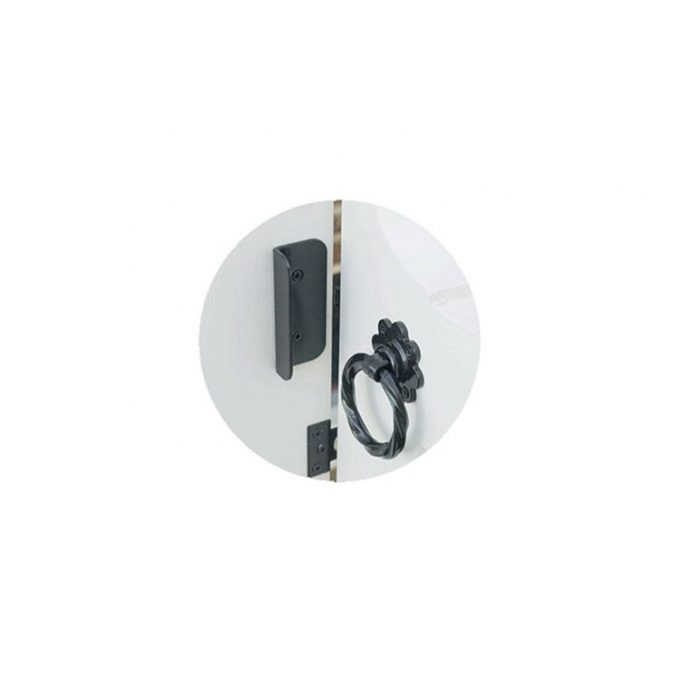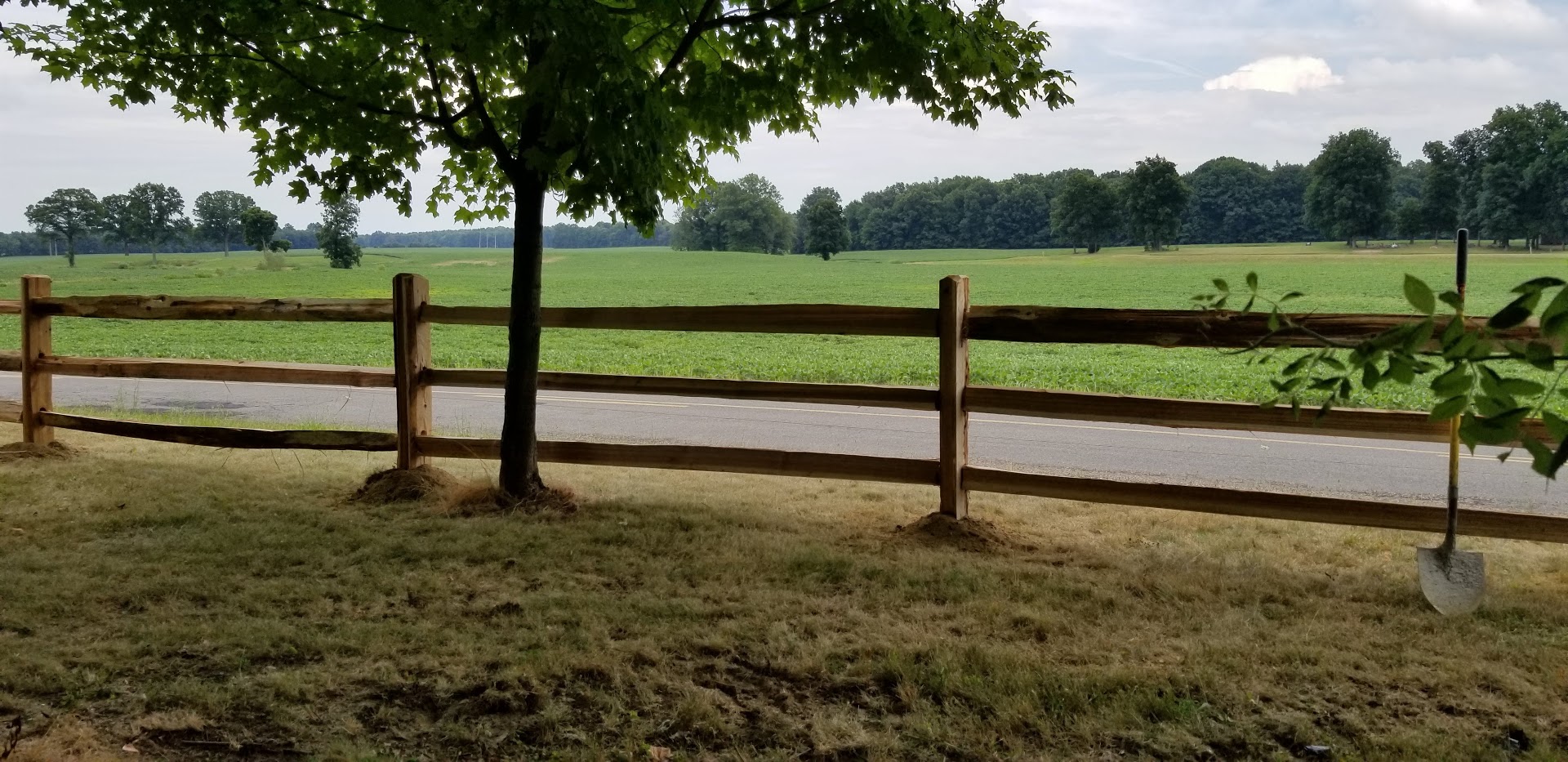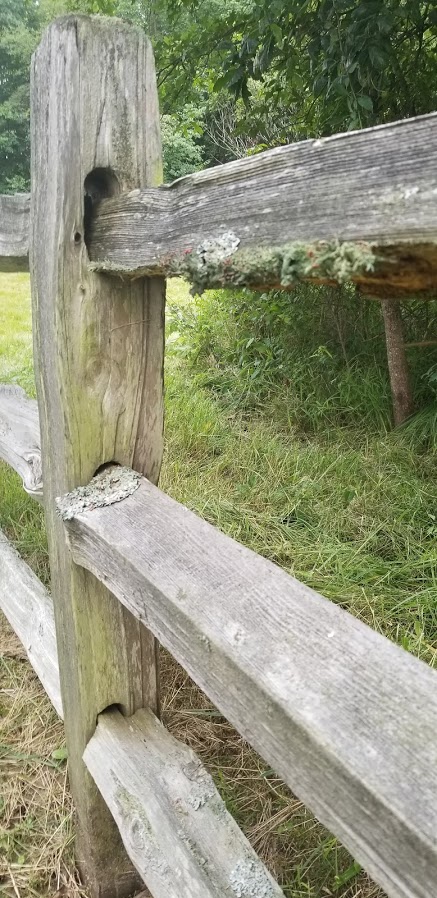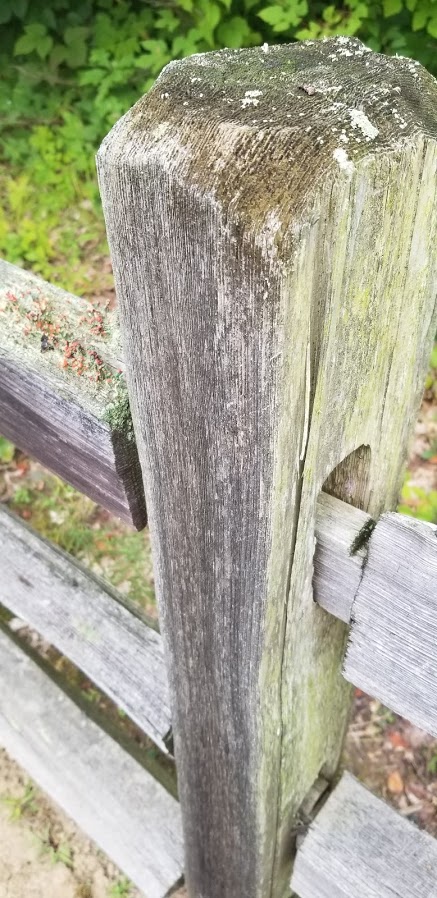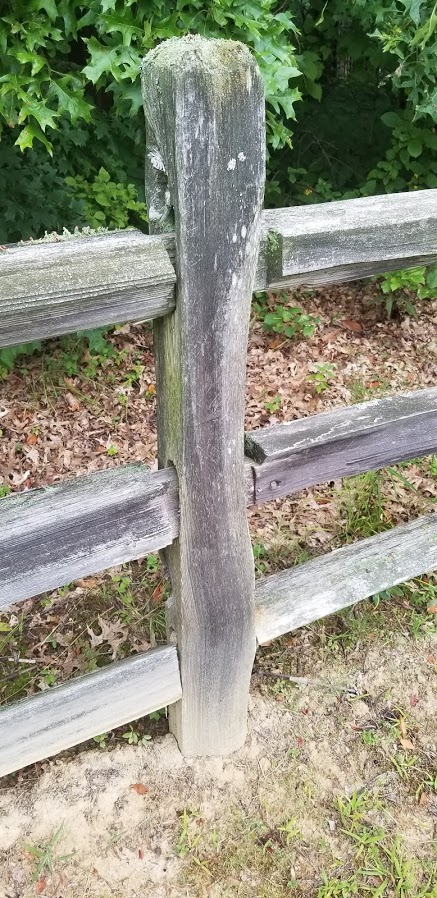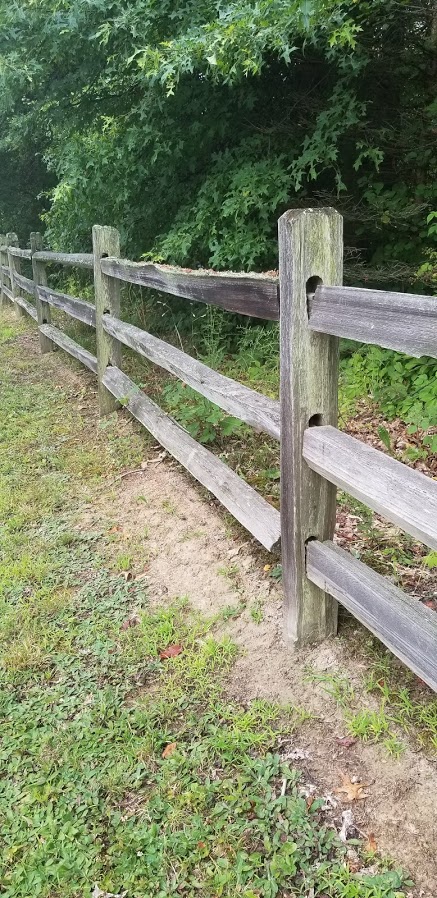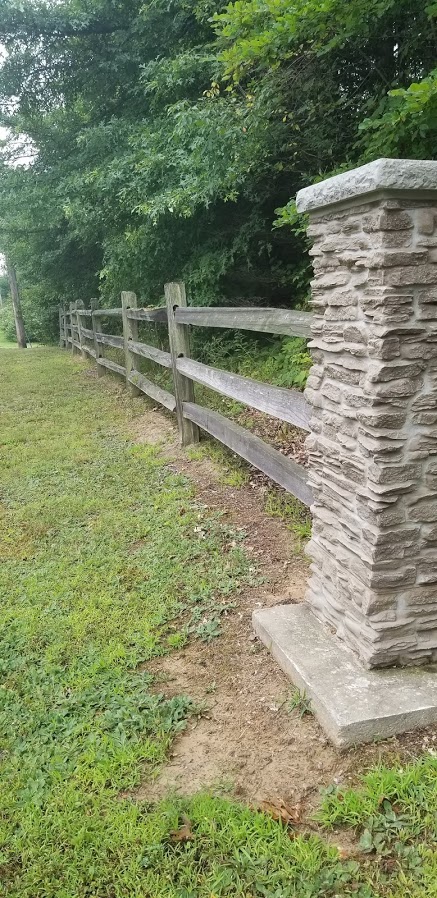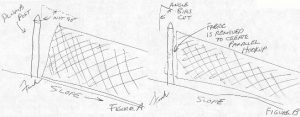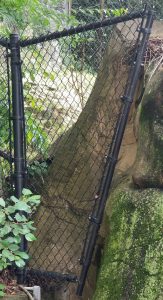2019 Chain Link Fence Cost – Average Cost Per Foot For Chain Link Fence Materials
You may be asking yourself ‘How Much Does a Chain Link Fence Cost?’, so here are the most up-to-date 2019 chain link fence costs from Hoover Fence Co. We pride ourselves on offering the highest quality chain link fence materials the industry has to offer along with the experience to help you every step of the way.
We are proud to offer Complete Chain Link Fence Material Kits that include all the pieces and parts to build your chain link fence.
Galvanized Chain Link Fence Kits
Note: The following pricing does not take into account any chain link swing or slide gates.
Light Residential Chain Link Fence Costs Per Foot (11.5 Gauge Chain Link Fabric, .065 Wall Tubing, All Fittings):
4′ High Chain Link Fence Price, Light Residential Grade: $4.39 per lineal foot
5′ High Chain Link Fence Price, Light Residential Grade: $5.08 per lineal foot
6′ High Chain Link Fence Price, Light Residential Grade: $5.79 per lineal foot
Add approximately 15% for all colored chain link fence, frame, and fittings.
Residential Chain Link Fence Costs Per Foot (11 Gauge Chain Link Fabric, .065 Wall Tubing, All Fittings):
4′ High Chain Link Fence Price, Residential Grade: $4.86 per lineal foot
5′ High Chain Link Fence Price, Residential Grade: $5.64 per lineal foot
6′ High Chain Link Fence Price, Residential Grade: $6.59 per lineal foot
Add approximately 15% for all colored chain link fence, frame, and fittings.
Commercial Chain Link Fence Costs Per Foot (9 Gauge Chain Link Fabric, HF20 Framework, All Fittings):
4′ High Chain Link Fence Price, Medium Commercial Grade: $5.87 per lineal foot
5′ High Chain Link Fence Price, Medium Commercial Grade: $6.88 per lineal foot
6′ High Chain Link Fence Price, Medium Commercial Grade: $8.11 per lineal foot
Add approximately 15% for all colored chain link fence, frame, and fittings.
Industrial Chain Link Fence Costs Per Foot (9 Gauge Chain Link Fabric, HF40 Framework, All Fittings):
4′ High Chain Link Fence Price, Heavy Industrial Grade: $7.52 per lineal foot
5′ High Chain Link Fence Price, Heavy Industrial Grade: $8.56 per lineal foot
6′ High Chain Link Fence Price, Heavy Industrial Grade: $9.92 per lineal foot
Add approximately 15% for all colored chain link fence, frame, and fittings.
Deluxe Industrial Chain Link Fence Costs Per Foot (9 Gauge Chain Link Fabric, HF40 Framework, All Fittings):
*6′ High Deluxe Industrial Chain Link Fence: $11.48 per Linear Foot
*9 gauge chain link fence , all 40 weight fence tube/ pipe for posts and top rail, bottom tension wire, top rail, braced and trussed, with barbwire. This is our most common choice for fencing for security, government jobs, self-storage facilities, and airports.
Add approximately 15% for all colored chain link fence, frame, and fittings.
Find out exactly what your chain link fence project will cost on above residential and commercial projects by using our Chain Link Fence Calculator here: https://www.hooverfence.com/calculators/chain-link-fence
